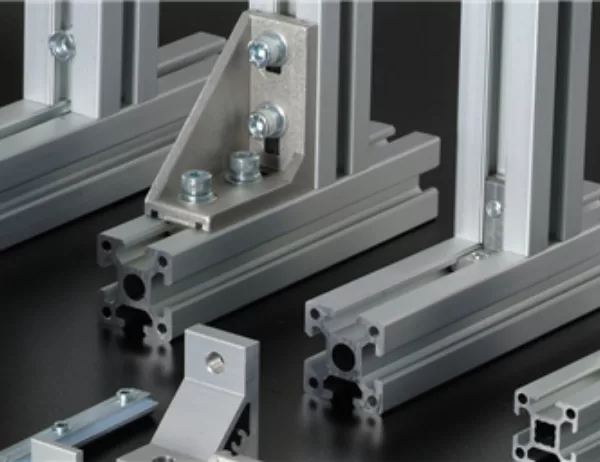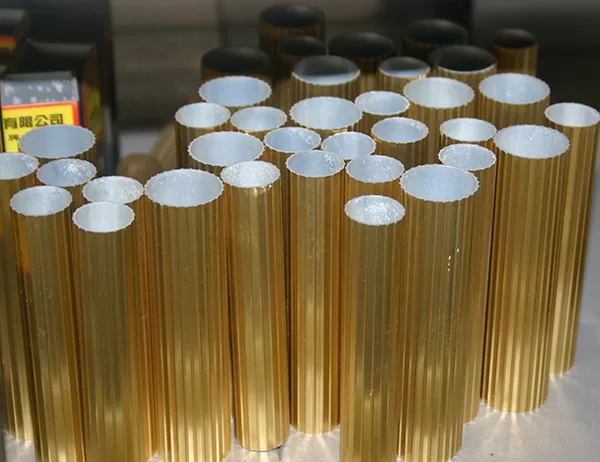In the pursuit of sustainable energy solutions, aluminum solar frames have emerged as a material of choice due to their exceptional environmental benefits. Aluminum, with its inherent durability, recyclability, and lightweight nature, plays a crucial role in advancing green energy initiatives. This article explores the multifaceted sustainability advantages of aluminum solar frames in the context of renewable energy systems.
Durability and Longevity
Aluminum’s exceptional durability and resistance to corrosion make it an ideal material for solar frames. Unlike traditional steel or wood frames, aluminum frames withstand harsh weather conditions, including extreme temperatures, strong winds, and moisture. The longevity of aluminum frames ensures that solar panels remain securely mounted and operational for decades, reducing the need for frequent replacements and maintenance.
Recyclability and Circularity
Aluminum is a 100% recyclable material, contributing significantly to circular economy principles. Recycled aluminum has a higher embodied energy content than primary aluminum, reducing the environmental impact associated with its production. By utilizing recycled aluminum for solar frames, manufacturers can minimize waste and conserve natural resources. Additionally, the high scrap value of aluminum frames incentivizes recycling at the end of their lifespan, further promoting sustainability.
Lightweight and Reduced Emissions
The lightweight nature of aluminum solar frames facilitates transportation and installation, minimizing fuel consumption and carbon emissions during these processes. Lighter frames reduce the weight of solar arrays, allowing for easier handling and integration with various roof structures. By optimizing the weight-to-strength ratio, aluminum frames contribute to lower transportation costs and a smaller environmental footprint throughout the supply chain.
Aesthetics and Design Flexibility
Aluminum solar frames offer a sleek and modern aesthetic that complements the architectural design of buildings. Their customization options enable seamless integration with diverse architectural styles. The wide range of colors, textures, and finishes available for aluminum frames allows architects and designers to create visually appealing and cohesive solar energy systems.
Embodied Energy and Carbon Footprint
The production of aluminum solar frames requires less embodied energy compared to other materials such as steel or concrete. This means that the energy used to manufacture aluminum frames is lower, resulting in a smaller carbon footprint. By choosing aluminum solar frames, developers can minimize their environmental impact and contribute to the decarbonization of the energy sector.
Conclusion
The sustainability benefits of aluminum solar frames are irrefutable. Their durability, recyclability, lightweight nature, aesthetics, and low embodied energy make them an environmentally conscious choice for green energy solutions. By embracing aluminum solar frames, the renewable energy industry can advance its sustainability agenda and contribute to a cleaner, more sustainable future. The adoption of aluminum solar frames is a testament to the innovative and environmentally responsible approaches that are shaping the future of sustainable energy.




